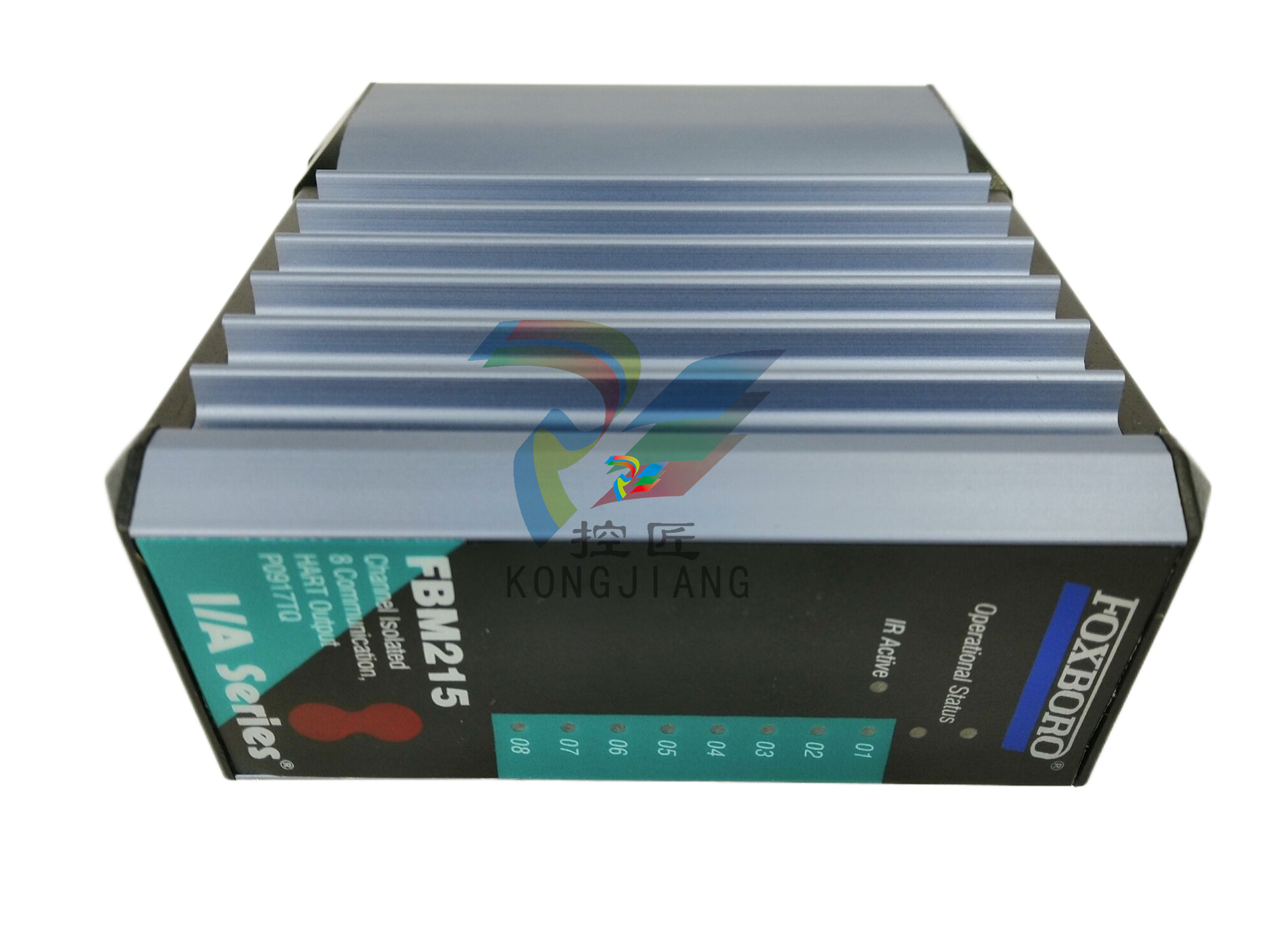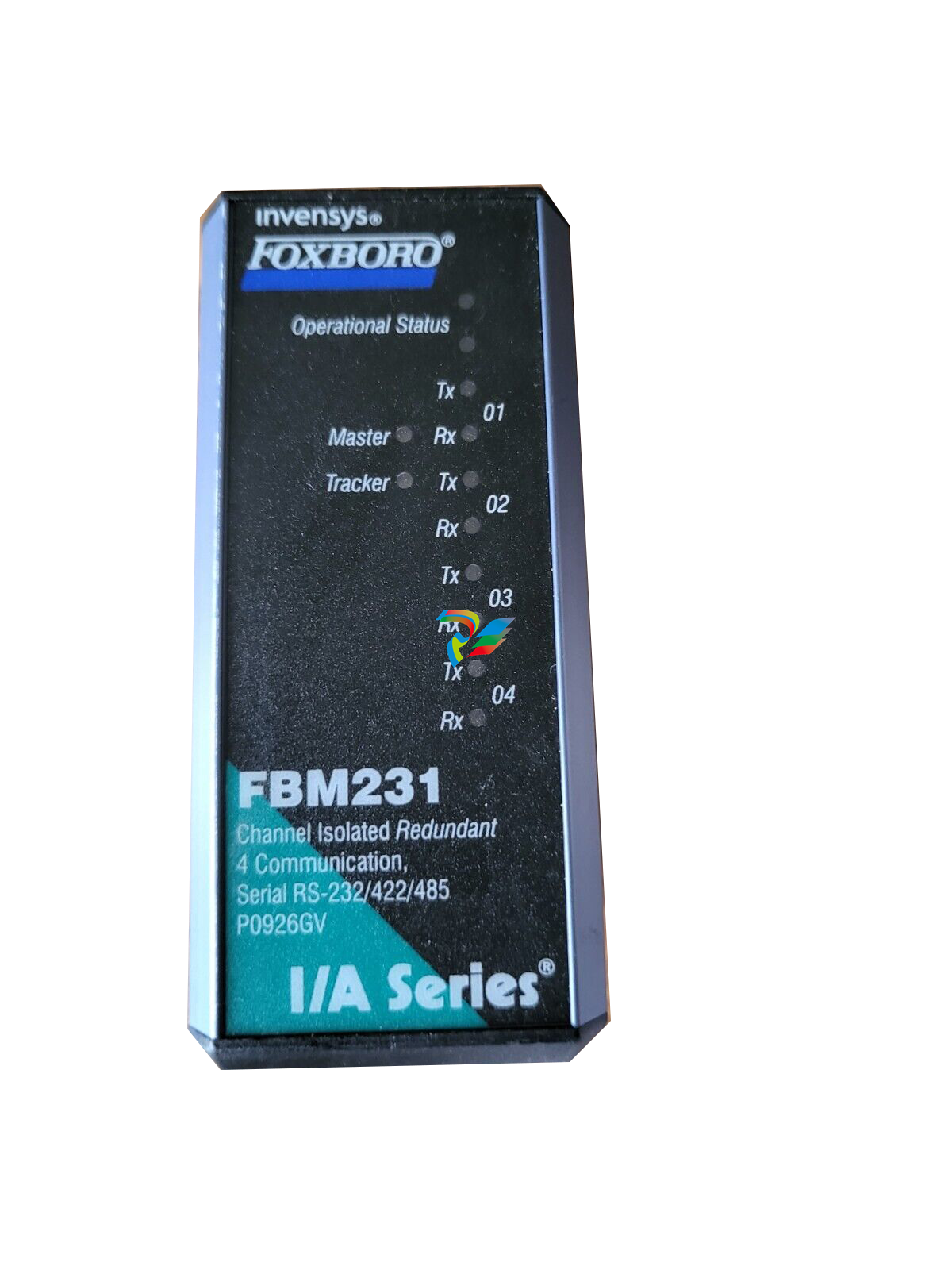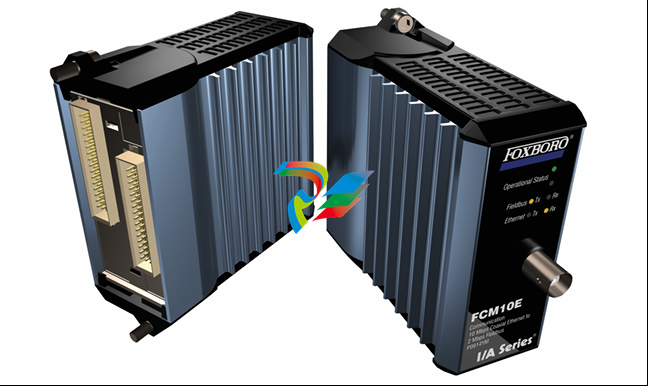
DCS; Industrial control system
Product
Article
NameDescriptionContent
NEW CENTER
Current Location:
Omron PLC: Powering Manufacturing Lines with Efficiency
From:
|
Author:huang
|
Time :2024-11-08
|
238 Browse:
|
Share:
Omron PLC, a leading name in the manufacturing industry, offers a wide range of high-quality Programmable Logic Controllers (PLCs) that cater to diverse industrial needs. Known for their advanced features and capabilities, Omron PLCs are widely used in industries such as chemical, food processing, material handling, and industrial control processes. The product line includes micro, small, medium, and large PLCs, each designed for specific applications, from compact devices in small-scale production to complex systems in large industrial plants. Omron PLCs are equipped with advanced technologies such as high-speed counters and PID control, enabling precise and efficient control of production processes. Their integration capabilities with other devices and systems enhance industrial automation, leading to improved productivity and quality control. With a strong focus on reliability and customization, Omron PLCs provide efficient and reliable solutions for manufacturers, ensuring continuous operation and reduced downtime. As technology advances, Omron PLC is poised to expand its applications and incorporate more advanced connectivity features, contributing to a more intelligent and sustainable manufacturing environment.
Omron PLC is a renowned name in the field of manufacturing. It holds significant importance in the manufacturing industry due to its exceptional features and capabilities.
Omron, a Japanese company, is one of the world's leading manufacturers of Programmable Logic Controllers (PLCs). The SYSMAC C series PLC products by Omron are widely used in various industries such as chemical, food processing, material handling, and industrial control processes. In Japan, its sales volume is second only to Mitsubishi, and it is also extremely popular in China.
Omron PLCs come in a wide range of types, including micro, small, medium, and large categories. The micro PLCs, like the C20P and CJ models, are known for their compact size. The small PLCs, such as the P-type and CPM models, arefer excellent performance with the ability to configure 10 to 140 input-output points through I/O expansion. The medium-sized PLCs, like the C200H series, offer more advanced features such as larger program capacity, faster scanning speed, and the ability to connect various interface unit modules for specialized applications.
In the manufacturing industry, Omron PLCs play a crucial role. They provide reliable and efficient control of production processes, ensuring high productivity and quality. With their advanced programming capabilities, they can be customized to meet the specific needs of different manufacturing lines. For example, in the automotive industry, Omron PLCs are used in press machines to ensure accurate and consistent operations. In the field of industrial automation, they can be integrated with other devices and systems to create complex control networks.
Overall, Omron PLC is an industry leader that offers a wide range of high-quality PLC products, providing efficient and reliable solutions for the manufacturing industry.
二、Features and Advantages
(一)Comprehensive Product Line
Omron PLC offers an extensive product line that caters to diverse industrial needs. The micro PLCs, such as the C20P and CJ models, are ideal for applications where space is limited. They are often used in small-scale production processes or in devices where a compact size is essential. For example, in the electronics manufacturing industry, these micro PLCs can be found in automated assembly lines for small components.
The small PLCs, like the P-type and CPM models, are known for their坚固整体型结构 and flexibility. They can be configured to handle 10 to 140 input-output points through I/O expansion, making them suitable for a wide range of applications. In the food processing industry, these PLCs are used to control packaging machines, ensuring accurate and efficient packaging operations.
The medium-sized PLCs, such as the C200H series, are designed for more complex applications. They offer larger program capacity and faster scanning speed, and can be connected with various interface unit modules. In the chemical industry, these PLCs are used to control complex chemical processes, ensuring safety and efficiency.
The large PLCs are suitable for large-scale industrial applications where high performance and reliability are crucial.
(二)Advanced Technology
Omron PLC is equipped with advanced features and technologies. One of the key technologies is the high-speed counter, which is used in programmable CAM controllers to overcome the disadvantages of mechanical CAM controllers. This technology enables precise control and improves the efficiency of production processes.
Another advanced feature is the PID control for oxygen and acetylene flow in welding processes. The human-machine interface allows for easy parameter setting,画面监控, USB data transfer, and job count recording and printing.
Omron PLC also offers communication capabilities, with communication units and communication programs that enable seamless integration with other devices and systems. For example, the OMRON CPM1A series PLC is widely used in solar water heater automatic control systems, where it communicates with other components to ensure efficient operation.
(三)Efficient Control System
Omron PLC provides efficient control for manufacturing lines through its advanced programming capabilities and reliable performance. The PLC can be customized to meet the specific needs of different manufacturing processes, ensuring accurate and consistent operations.
For example, in the automotive industry, Omron PLCs are used in press machines to control the movement and force of the press, ensuring accurate and consistent stamping operations. In the field of industrial automation, Omron PLCs can be integrated with sensors, actuators, and other devices to create complex control networks that optimize production processes.
The reliability of Omron PLC is also a key factor in providing efficient control. With a guarantee period of one year after purchase or delivery at the specified location, and a comprehensive range of warranty services, manufacturers can rely on Omron PLC to ensure continuous operation of their production lines.
In conclusion, Omron PLC's comprehensive product line, advanced technology, and efficient control system make it an ideal choice for manufacturing industries seeking high-quality and reliable control solutions.













































.jpg)
.jpg)
.jpg)





.jpg)



.png)
.jpg)

.jpg)
_lVjBYb.jpg)

.jpg)
.jpg)



.jpg)
.jpg)







.jpg)

.jpg)
.jpg)











.jpg)




.jpg)
.jpg)
.jpg)
.jpg)
.jpg)
.jpg)
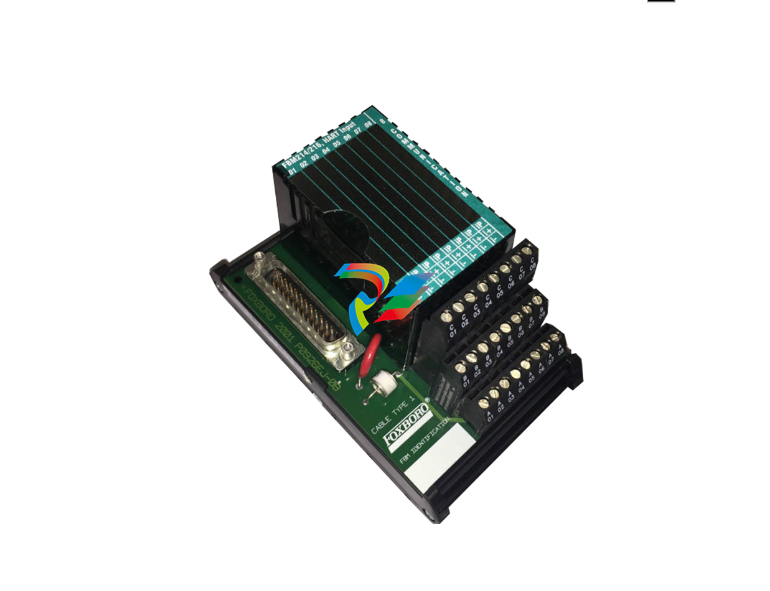
.jpg)
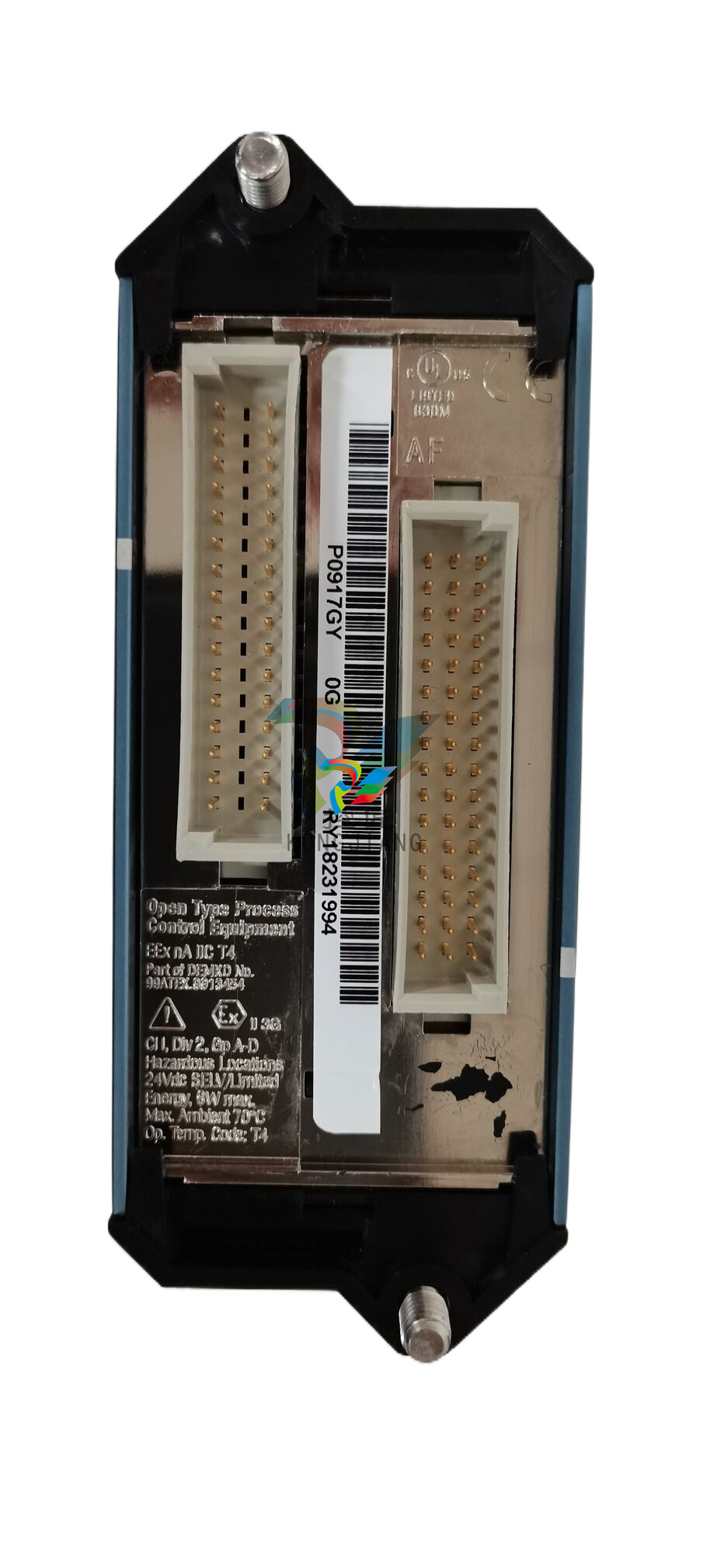
.jpg)
.jpg)
.jpg)
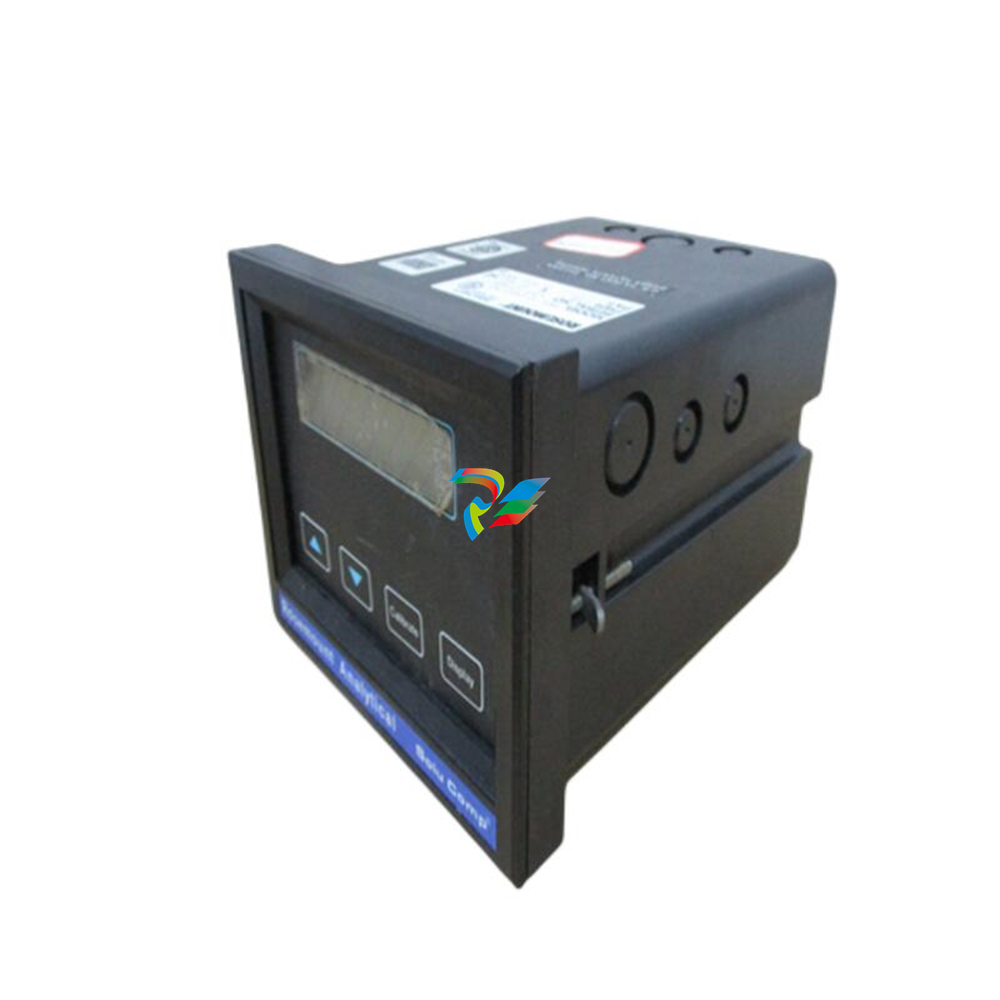
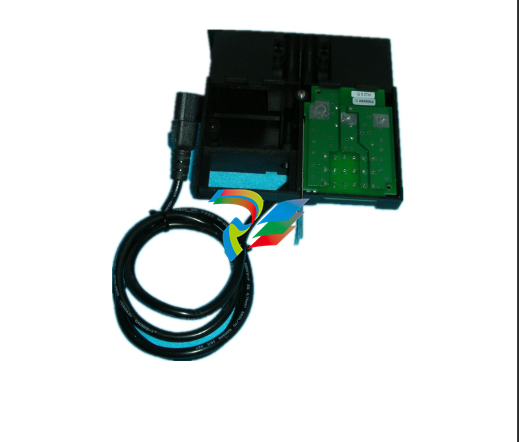
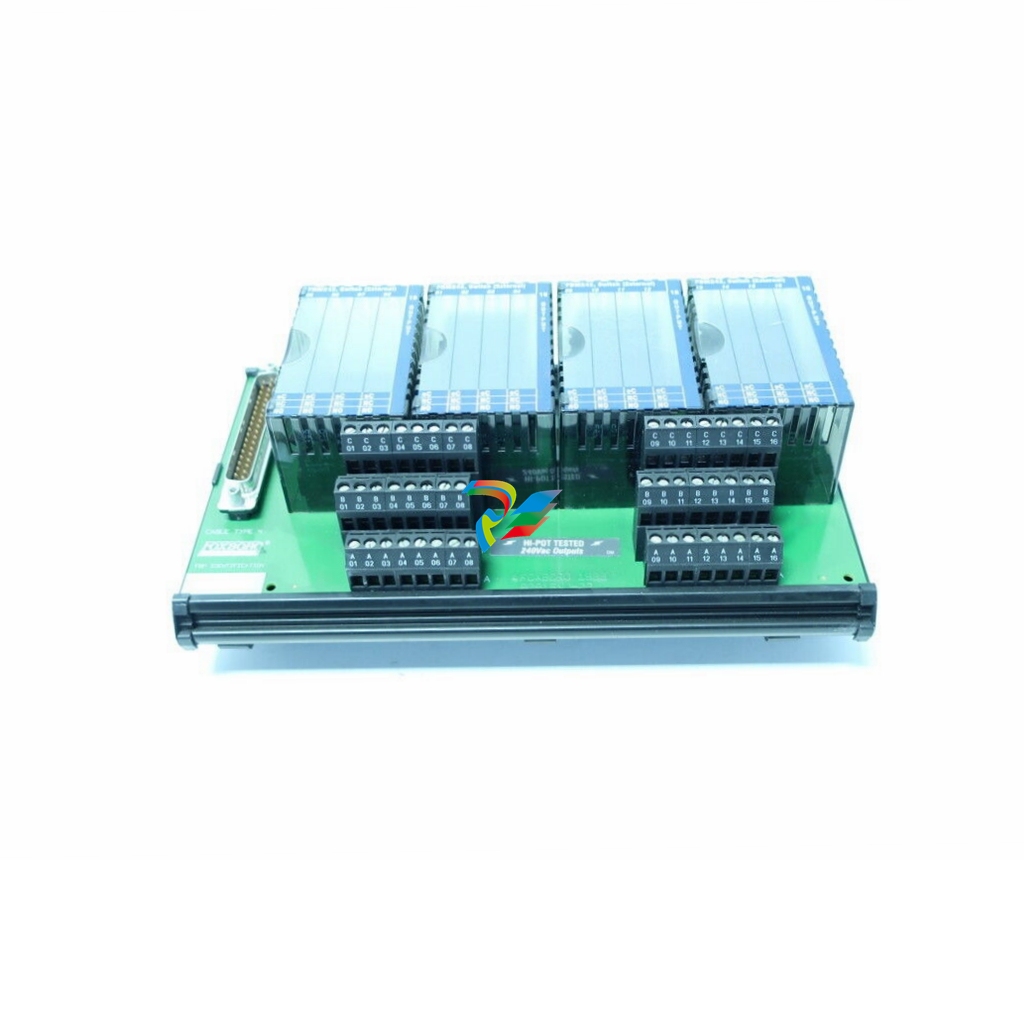
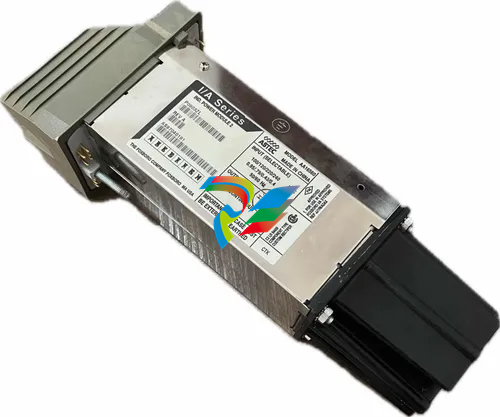
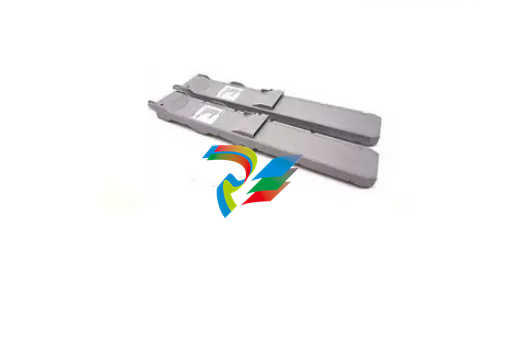
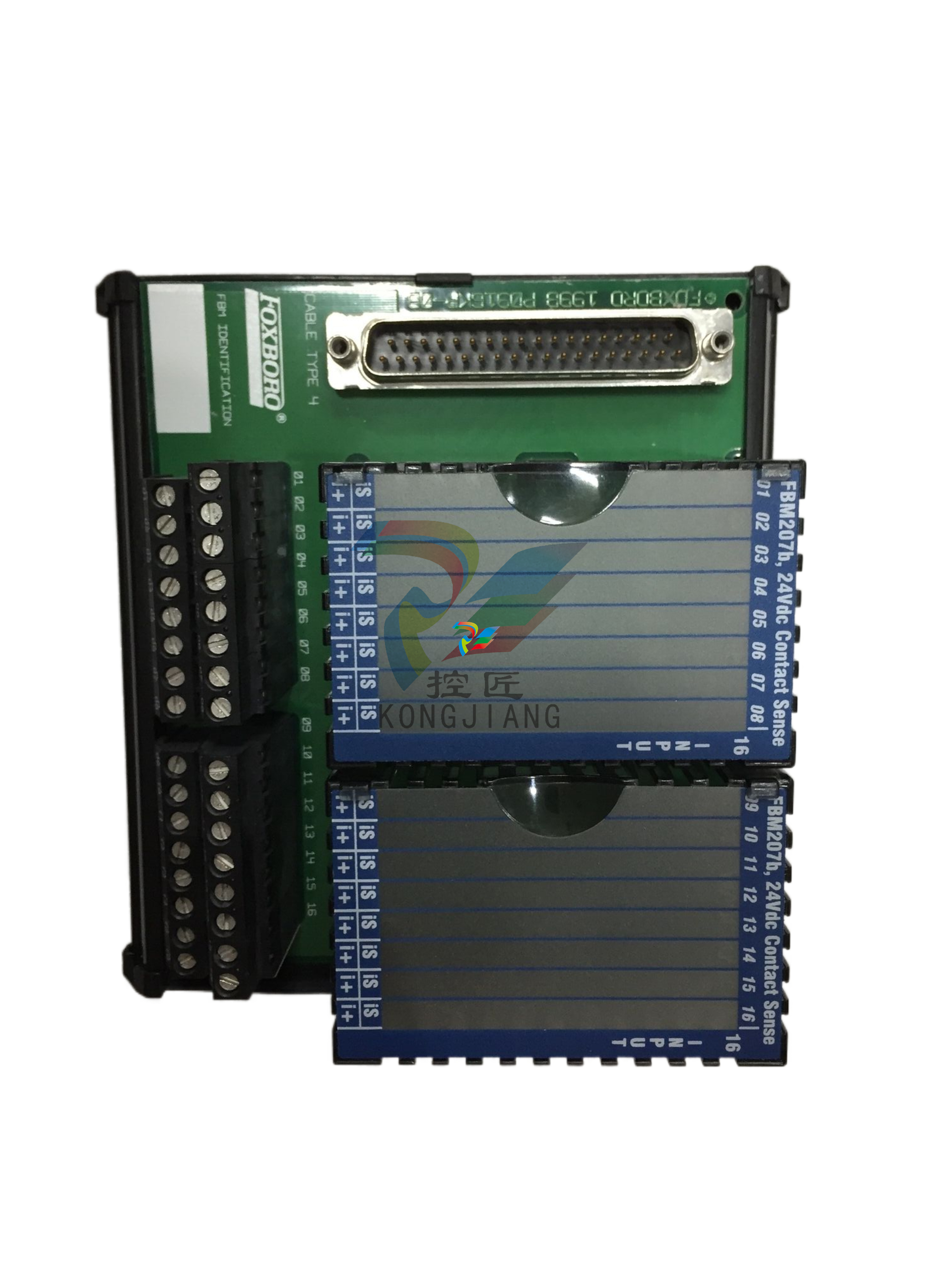
.jpg)
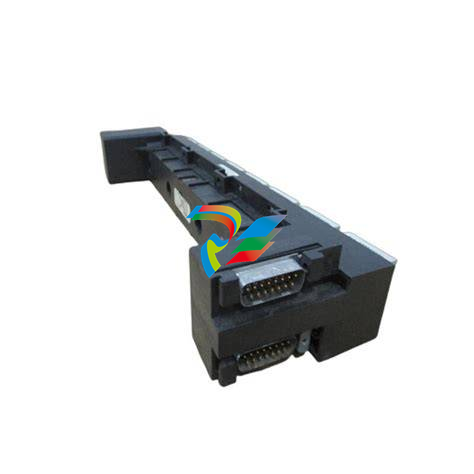
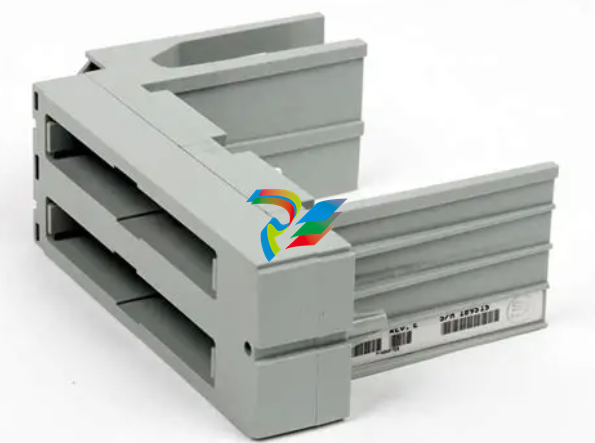
.jpg)
